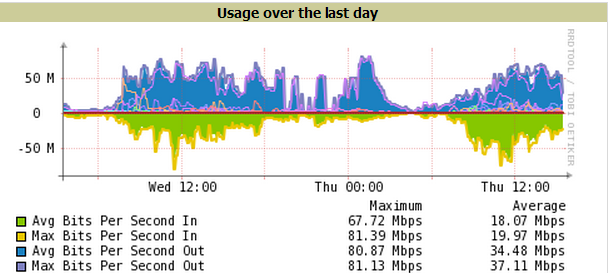
How much could you save if you simply knew where all of your assets (including both people and equipment) were at all times?
With the right RTLS (Real-Time Location System) solution in place we know from experience that the answer is a lot.
Asset management should be a critical component for every hospital interested in driving down costs while increasing their staff’s productivity.
RTLS can be an invaluable tool for your hospitals operational efficiency goals; however, this is only if you know what you’re doing.
The first step was realizing you need an RTLS solution; the second step is actually maximizing its potential.
To help, we’ve put together 5 tips that will make sure you’re getting the most out of your hospital’s RTLS deployment.
It’s more than just asset management
Tracking assets is at the core of any hospital’s RTLS strategy but if you’re satisfied with just being able to quickly find equipment then you’re not realizing its full potential.
The right kind of real-time location system should not only provide you with location information but also real-time and historical status updates, inventory information, workflow automation and alert notifications for events relating to your equipment.
What all of this information you can improve:
- The way you’re using your medical equipment
- The way you’re maintaining and buying or renting your equipment
This will result in your hospital having better operational efficiency, enhanced patient satisfaction and staff productivity as well as lower costs.
Keep your end users in the loop
Everyone that is going to be using your new RTLS solution (especially your daily users) needs to be up to date and in the know as early as possible.
Every situation is different so it’s critical that you incorporate feedback from your nurses, facilities, biomed and support staff to name a few.
This will guarantee that your new solution is easy to use and effective because it was built to fit their needs, preferences and expectations.
It’s important that everyone involved is onboard and confident that it will make their jobs easier and that it won’t feel like just another frustrating IT initiative.
Choosing what to tag
Again every hospital is different and has different operational goals however, when it comes to choosing what to manage or tag it can be difficult to decide.
From patient safety and compliance to lowering NVA (non-value-added) time there’s a lot of criteria to think about. Usually it ends up being based on:
- User demand
- Inventory or right-sizing
- Equipment mobility
Grading your performance starts with having an accurate baseline
Implementing anything new in the hospital environment is challenging and in most cases not cheap so it’s critical that you’re measuring your progress.
There are many different areas you should be tracking from the start of your RTLS deployment to compare over time if it’s having a positive impact or not.
Some of these areas are:
- What are the utilization rates of your assets?
- The number of patients leaving your hospital without treatment (LWOT)?
- What’s your patient’s average length of stay?
- What’s the door to admission time?
- During an average shift how much time does your staff spend looking for patients, or staff members or equipment?
With an increasing focus on improving operational efficiency and lowering costs, today’s hospitals can’t overlook the opportunity that the right RTLS solution can deliver.
Hospital wireless networks have evolved into highly complex and robust systems that offer the backbone for new initiatives such as RTLS that then drive business goals like improving staff productivity for example.
In healthcare what you want to achieve drives the systems and infrastructure required to make it happen.
If you have any questions about implementing an RTLS solution in your hospital contact us here.






